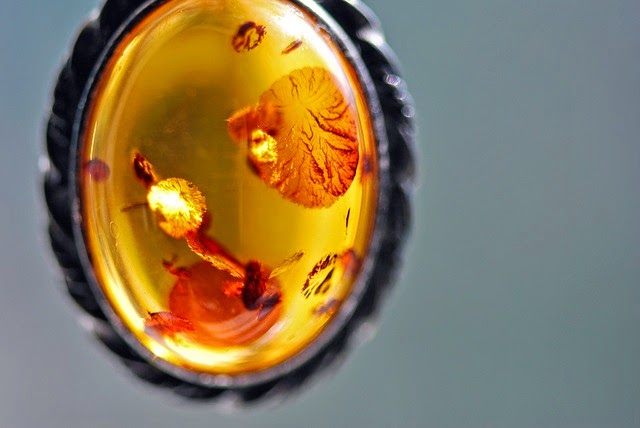Flowering Plants Further Disrupt Darwinism
.jpg)
People who study origins and evolution have heard of Darwin's Abominable Mystery. Like the irreducibly complex eye was a serious problem for Darwin (yet he still believed in gradual evolution anyway), the fact that flowering plants appear in the fossil record too soon was another problem for him. Neither was resolved. Evolutionists are prone to lying to con people to accept evolution, and they did so a spell back about DAM . This time, however, they are honest about the inescapable conclusion (based on their systems) that flowering plants existed millions of years sooner than they previously thought. Phylica pubescens , WikiComm Marco Schmidt ( CC BY-SA 3.0 ) Something that adds to their problem is that a flower found in amber is a Phylicia, which is basically identical to its living counterparts. It did not see fit to evolve after being subjected to "evolutionary pressures" through all those alleged millions of years. In addition, there should be a chain reaction...






